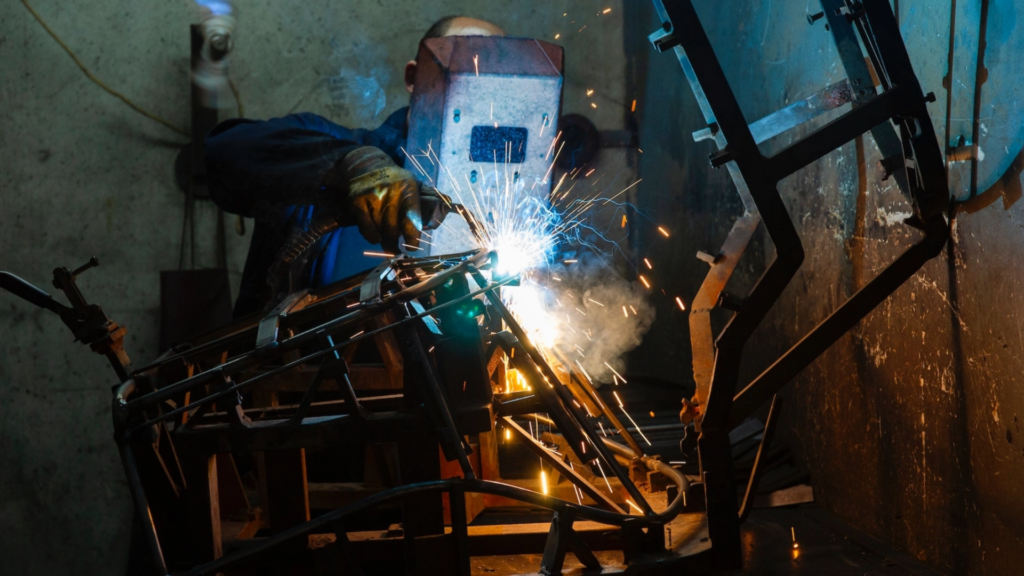Welding and cutting technology will continue to develop towards the following trends in the future:
Automation and intelligence:
- Automation and intelligence: With the rise of Industry 4.0 and artificial intelligence, welding and cutting will be more automated and intelligent. Automated welding equipment and welding robots will be more and more widely used in production lines to improve production efficiency and quality. The intelligent system will be able to monitor the welding process in real time, conduct data analysis and optimization to provide more precise welding control and predictive maintenance.
- New materials and alloys: As new materials and alloys continue to emerge, welding and cutting techniques need to be adapted and applied to these materials. For example, high-strength steel, aluminum alloy, composite materials, etc., put forward higher requirements for welding technology and equipment. Welding and cutting technology will continue to develop and improve to achieve high-quality welding and cutting of new materials.
- Precision and micro soldering: With the rapid development of electronic devices and micro devices, the demand for precision and micro soldering is also increasing. Welding and cutting technology will develop towards higher precision, smaller welding heat-affected zone and smaller welding joint size. For example, technologies such as laser welding and micro-arc welding will be more widely used.
- Environmental protection: Environmental pollution issues such as waste gas, waste water and waste residues generated in the welding and cutting process have also received more and more attention. Future welding and cutting technology will pay more attention to environmental protection and sustainable development, adopt more environmentally friendly welding materials, processes and equipment, and reduce the negative impact on the environment.
- Non-destructive testing and quality control: Quality testing and control after welding and cutting will become more important. Non-destructive testing technologies, such as ultrasonic, X-ray and thermal imaging cameras, will be widely used in the evaluation of welding and cutting quality and defect detection. At the same time, data analysis and intelligent algorithms will be used to monitor the welding and cutting process in real time and predict potential problems to improve the quality and consistency of welding and cutting.
These trends will drive continuous innovation and development of welding and cutting technology to meet increasingly complex and diverse industrial needs. Welding and cutting will continue to develop on the basis of efficiency, precision and sustainability, bringing more innovations and advancements to manufacturing and other fields.

